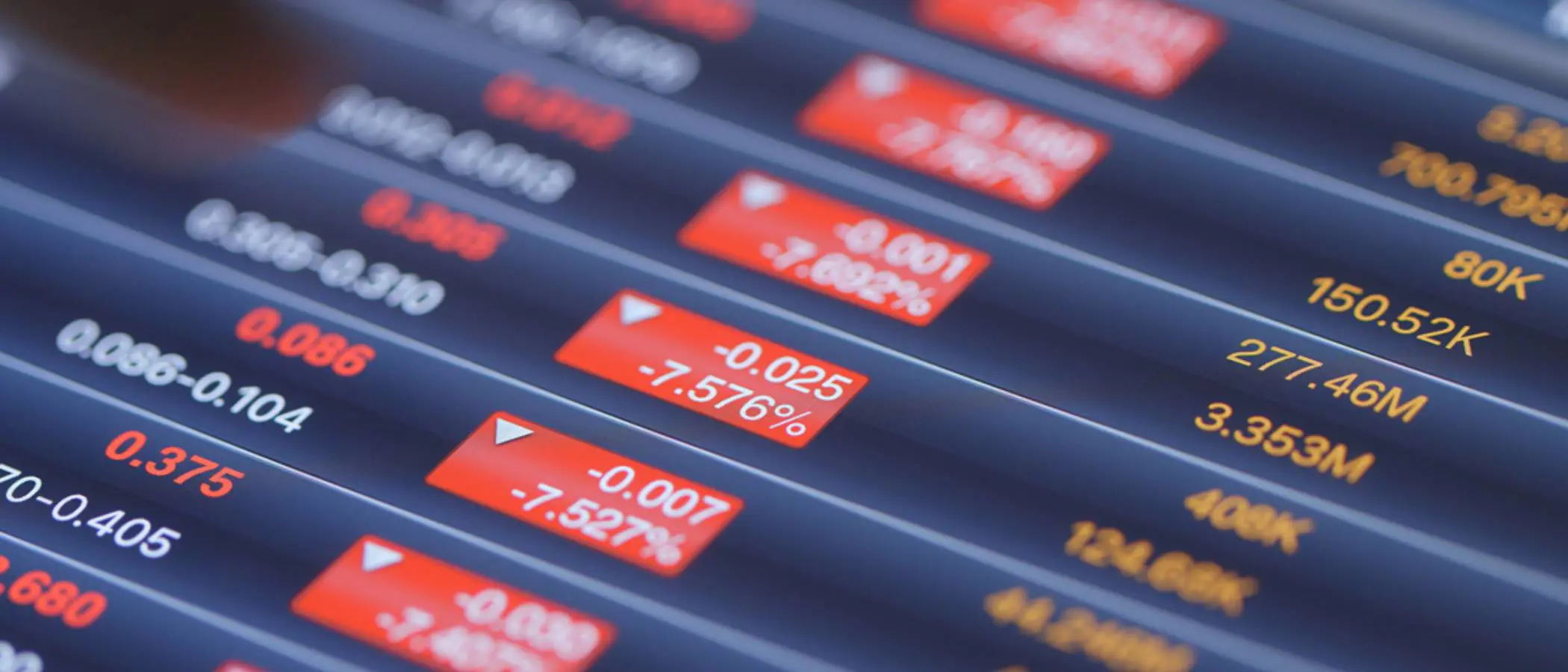There are numerous transmission channels at play. But containment measures are the factors which have the deepest impact on economic activity.
Should we expect a v-shape recovery?
- The ECB has disappointed, why?
China has been the first country to be hit, so activity numbers released for February provide an order of magnitude of the depth of the shock. The plunge in industrial production is in line with our assumption of a 15% decline in the level of GDP after the lockdown.
Activity seems now to be resuming, but the resumption is progressive rather than an immediate return. For example, daily coal consumption in China is 20% below average, as against -40% at the trough.) Authorities remain cautious, because as firms reopen, a second outbreak of COVID-19 cannot be excluded.
What will be the impact on the us and euro area?
COVID-19 has become a global pandemic and countries are hit one after the other. We expect more cities/countries will be placed under lockdown in the coming weeks and activity will be significantly affected. The fall in activity will thus depend on the length of this lockdown and the strength of the rebound on the economic policies that will be put in place.
In the US, the Fed delivered again on Sunday: it is “prepared to use its full range of tools to support the flow of credit to households and businesses.” But, as Powell acknowledged, directly providing funds to households and SMEs is not within the Fed’s remit, and the role of fiscal policy is “critical.” For the time being measures announced by Congress are far from sufficient to reinstate confidence and provide the needed offset to the economic shock.
In the Euro area, the ECB under-delivered and President Lagarde’s misstep (“the ECB is not here to close bond spreads”) did not help. Governments’ announcements have been a step in the right direction: they will provide income replacement to households (the short-time work subsidy scheme has been made more generous in Germany for instance); tax offices are being given the ability to permit tax deferrals for companies; and credit support to companies will be enhanced (KfW, the German state bank, will lend as much as €550 billion to companies to ensure they survive the pandemic, while in France, Bpifrance will provide similar guarantees to companies whose activity is affected). Already announced measures if correctly implemented, mean that governments will directly absorb a significant part of the shock. To avoid the risk of market tensions, the Euro area will however also have to show how far it is prepared to go to help Italy in the present situation.
OUR CURRENT SCENARIO REMAINS FOR A DEEP BUT TEMPORARY SHOCK
If we take the Chinese pattern as a guideline (and assuming there is no second Covid wave), the shock – while deep – should prove temporary. This scenario continues to be our baseline. But for this to prove correct, we need an even more forceful action from governments, especially in the United States. Barring such an action, the possibility of a longer and more entrenched fall in activity with negative financial feedbacks loops (i.e. a recession) cannot be excluded.
In this context we have remained slightly underweight until Monday evening, 16 March, with protective derivative strategy where possible. We nevertheless acknowledge the better risk-reward for equity markets following the 35% decline of the European market, and have decided today to progressively move back towards neutral on our equity exposure.
Since the end of last week, investor psychology has fallen in the “depression phase”: they believe that announced measures will have no positive impact whatsoever. This corresponded during previous financial crises to a capitulation phase and market trough. We consider that there are still downside risks. The negative news flow around additional containment measures, and the ongoing spread of the virus is likely to continue to fuel doubts about policy efficiency, but we are approaching levels where markets rebounded in 2003 and 2009 in the Eurozone. Any positive news flow around the epidemic will be key for a more durable rebound of markets. The very strict containment measures that are being taken should show their first positive results in the coming weeks.
